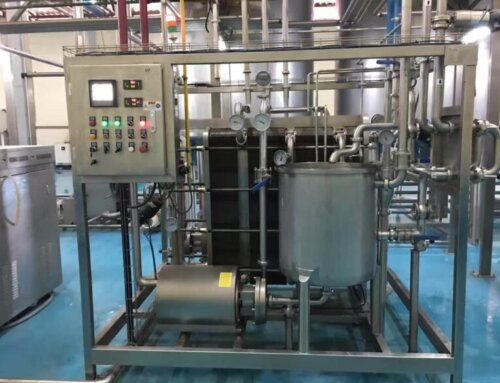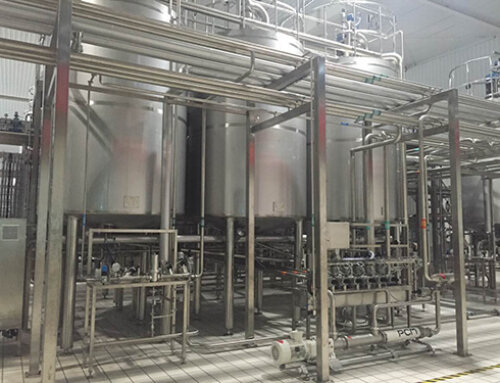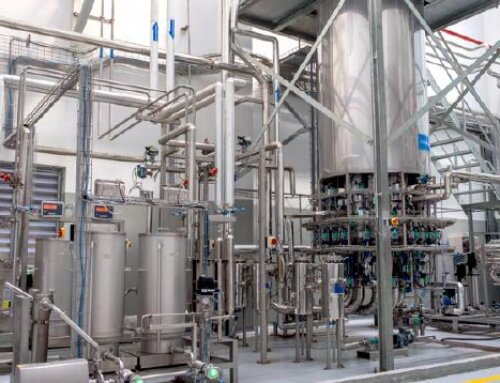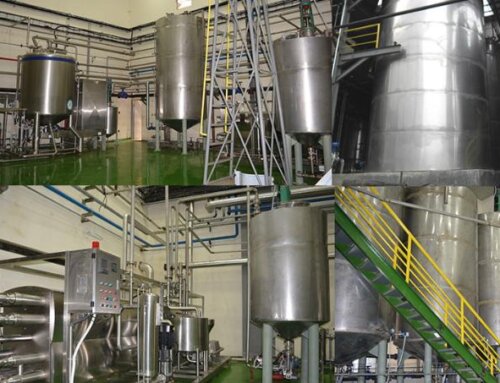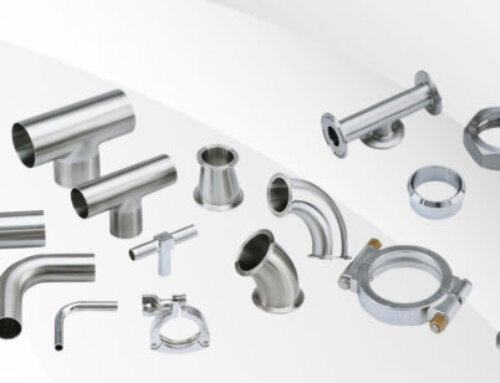Fruit Drying Technology Introduction
Industrial fruit drying technology quickly evaporates the internal moisture of fruits and vegetables through hot air drying, vacuum drying, microwave drying, etc., so as to keep their nutrients and taste, thereby extending their shelf life, increasing added value and facilitating storage and transportation. It is used in the processing of dried fruits and vegetables, preserved fruits, etc.
The drying of fruits and vegetables requires the use of appropriate temperatures in a short period of time, and through operation and management such as ventilation and dehumidification to obtain high-quality products.
Fruit and vegetable drying must have good heating, heat preservation and ventilation equipment to ensure a high and uniform temperature required for the drying process, and quickly remove the moisture evaporated from the material, and have good hygienic and working conditions to avoid product pollution and be easy to operate and manage.
There are many types of drying equipment for the fruit and vegetable industry, and the common ones are hot air dryers, vacuum dryers, microwave dryers, oven dryers, etc. The hot air dryer evaporates water by circulating hot air; the vacuum dryer uses negative pressure to evaporate water in fruits and vegetables; the microwave dryer uses microwaves to heat and dry fruits and vegetables; the oven dryer removes water by heating and drying fruits and vegetables. This equipment can choose different drying methods according to the different characteristics of fruits and vegetables, so as to ensure the nutrients, color and taste of fruits and vegetables, reduce the loss of nutrients, and extend their shelf life, which is beneficial to the storage and transportation of fruits and vegetables.
Hot air drying is still the mainstream drying method at present, accounting for about 90% of fruit and vegetable drying market. The main characteristics of hot air drying are low investment, low production cost, large production volume, and the quality of dried products that can basically meet the needs of actual consumption.

Fruit Drying Process Technology Introduction
Fruit drying technology is essential for the food industry because it enables fruits to be transported over long distances and stored for extended periods. Dried fruits are also more convenient to eat because they are lightweight, and do not spoil as quickly as fresh fruits. Additionally, dried fruits can be used in a variety of food products, including baked goods, trail mix, and breakfast cereals. We will discuss the fruit drying process below:
The fruit and vegetable drying process is mainly divided into fruit and vegetable heating technology, ventilation and dehumidification.
Fruit and vegetable heating process
The first temperature-raising process is during the drying period. The initial temperature of the dryer is 55-60°C, the middle stage is about 70-75°C, and the later stage is dropping temperature to about 50°C until the end of drying. This drying process method is mostly adopted and used widely, which is suitable for fruits and vegetables with low soluble solid content or sliced. Such as apple slices, mango pineapple slices, dried apricots and other materials.
The second heating process is to increase the temperature of the drying chamber sharply, up to 95-100°C. After the raw material enters the drying chamber, it absorbs a large amount of heat to lower the temperature, which can generally be reduced to 30-60°C. At this time, continue to increase provide heat, raise the temperature to about 70°C, maintain it for a long period of time (14-15h), and then gradually cool down until the end of drying. This heating method is suitable for whole fruits and vegetables drying or fruits with high soluble solid content, such as red dates, longan, plums, etc. This heating process has low thermal energy consumption, low cost and high-quality of finished products.
The third heating method is to keep the temperature at a constant level of 55-60°C throughout the drying process, and gradually lower the temperature until the end of drying. This heating method is suitable for drying most fruits and vegetables, and the operation technology is easy to master.
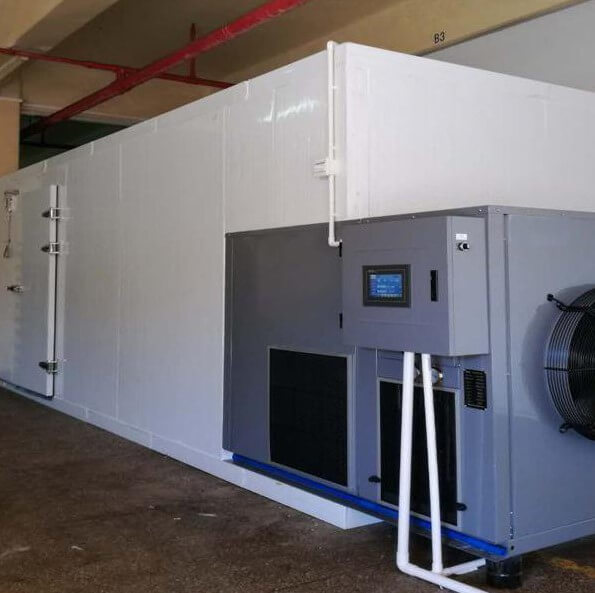
Fruit and vegetable ventilation and dehumidification process
Fruits and vegetables have high water content, during the drying process, due to a large amount of water evaporation, the relative humidity in the drying room rises sharply. Therefore, it is necessary to pay attention to the ventilation and dehumidification of the drying room, otherwise, the drying time will be prolonged and the quality of the finished product will be reduced. When the relative humidity in the drying room reaches more than 70%, the air intake window and exhaust duct of the drying room should be opened to ventilate and dehumidify. Generally, the time for ventilation and exhaust is 10-15 minutes. If the time is too short, the moisture removal will not be enough, which will affect the drying speed and product quality. If the time is too long, the indoor temperature will drop and the drying process will be affected.
Typical drying process of fruit and vegetable slices
The first stage: the temperature is set at 60°C, the humidity is set at 35%, the mode is drying + dehumidification, and the baking time is 2 hours;
The second stage: the temperature is 65°C, the humidity is set to 25%, the mode is drying + dehumidification, and the drying is about 8 hours;
The third stage: the temperature is increased to 70°C, the humidity is set to 15%, the mode is drying + dehumidification, and the baking time is 8 hours;
The fourth stage: the temperature is set to 60°C, the humidity is set to 10%, and the continuous dehumidification mode is baked for about 1 hour. After drying, it can be packed into bags after it softens.

